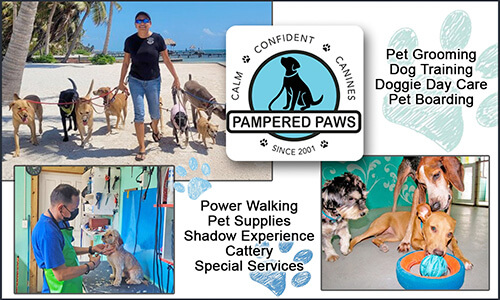In the 1960’s there were no vehicles on the island. Zero! And when one vehicle was finally brought to the island by Caribeña Fishing Cooperative to transport fish and lobster and ice to and fro, the children were so excited that they actually used to run behind the vehicle expressing delight, enthusiasm and happiness to see a vehicle.
It was a British make Land Rover, very sturdy with standard transmission. I think a few of the very first drivers on the island at the time working at the lobster processing plant were don Alberto Nuñez, Reynaldo Muñoz, and Oscar Aguilar. They were seen with admiration for they could do what most Sanpedranos could not-DRIVE. In those days, driving was like having super powers. Yes, I even remember the enthusiasm expressed by children and even adults as we neared Belize City by boat and saw the cars driving by Foreshore. It was like you were seeing Superman.
In those days, as I have mentioned before, all the cargo from the main pier used to be transported by shoulder. The Elsa P charged 25 cents per box. Stores paid 5 cents for shouldering boxes to their site. Wheelbarrows were used by fishermen to transport large quantities of fish to their home for salting and drying. And yes, it was a child’s delight to get to own a wheelbarrow and be able to DRIVE. In the mid 1960’s when the first tourists were arriving for our pioneer hotel on the island, Holiday Hotel, some of the guides there like Abel Guerrero and Lucilo Guerrero used the wheelbarrow to carry the luggage from the airstrip to the hotel. There was no taxi fee, but a good tip.
In the days before taxis, those who did not have a wheelbarrow had a device called in Maya a Shoo Shak. Its frame was make with bush sticks and it was covered with crocus bag. The Shoo Shak was carried on the back and supported by the head. With a Shoo Shak a coconut farmer could carry from 50 to 75 coconuts, and his hands were kept free so that he could pick up coconuts from the ground.
With no traffic, our San Pedro streets used to be covered with grass, even Barrier Reef Drive. The center of the streets was sandy and the people were called upon by the “alcalde” or village chairman to trim their grass and keep the streets clean. It was very romantic to see women placing their white laundry on the grass of the streets to bleach them overnight in the “sereno” or night’s dew. I also remember villagers taking a siesta on a shady patch of grass on Pescador Street and Barrier Reef Drive.
When it rained, there were no puddles because the sand immediately absorbed the water. There were no broken bottles on the streets for there was no traffic. Occasionally when rude children broke a bottle, the neighbor would quickly pick it up and give the child such a good scolding that he would not want to break a bottle for the rest of his life.
That was San Pedro 25 years ago – quaint, peaceful, romantic, picturesque and undiscovered. It took a strong wind to raise some sand. Today it takes a vehicle to raise up the dust. When it used to rain, it dried in hours. Today we have puddles, which are the result of your vehicle and mine. Yes, we love progress but it has its share of problems. We have 1500 vehicles, but would we want to go back to the days when we had only one?
Photo Caption: 1. Caribeña’s Land Rover.










